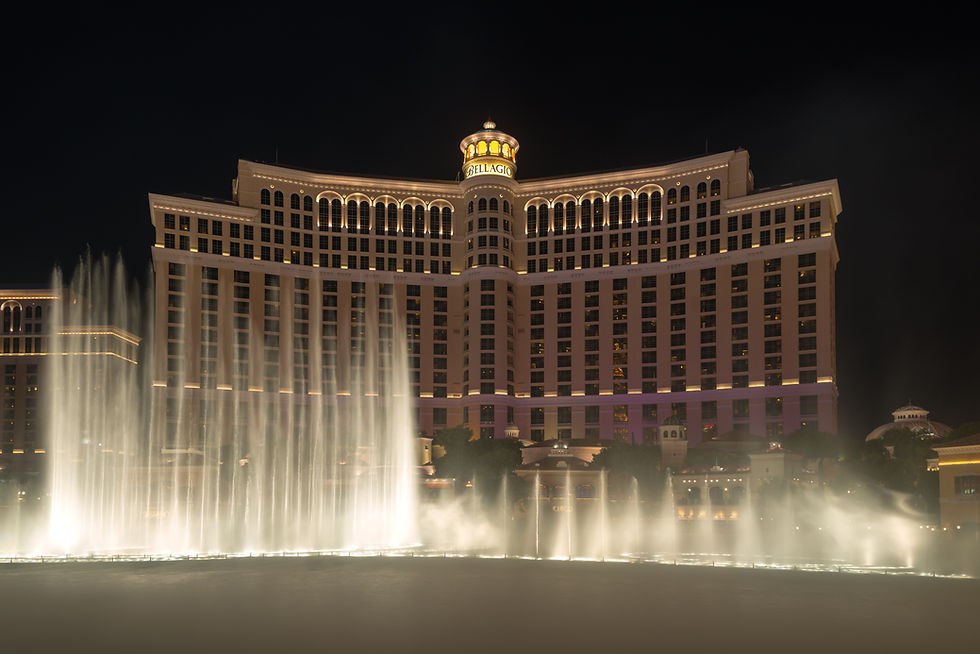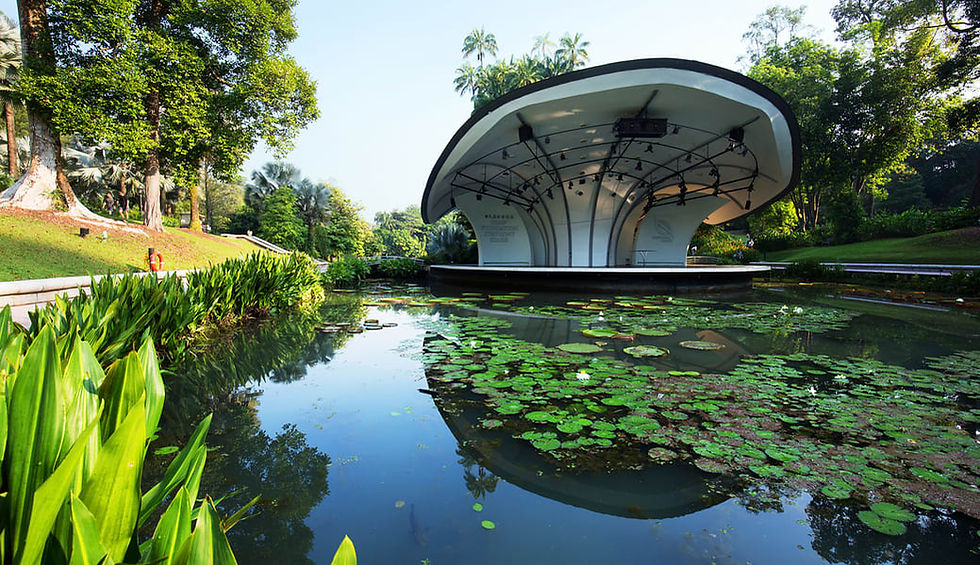The benefits of incorporating water features into your landscape
- Ayush Mishra
- Dec 14, 2022
- 1 min read

Architecture has connected with water in countless creative ways over the years, from fun indoor pools to peaceful outdoor fountains to soaring waterfalls and majestic lakes of vast dimensions. Water features can come in a variety of shapes and serve a variety of functions, from purely aesthetic ones to ones that encourage sustainability or operate as hubs of activity.
Water is often used in landscape architecture to add visual interest and to create a sense of movement and sound. It can also be used to cool down outdoor spaces, making them more comfortable to be in during hot weather. Additionally, water can be used to create reflective surfaces that can enhance the overall aesthetic of a landscape design. Some common ways water is used in landscape architecture include water features such as fountains and pools, as well as water features that incorporate plants, such as water gardens.

Advantages:
Water adds visual interest and creates a sense of movement and sound.
Water can be used to cool down outdoor spaces.
Water can create reflective surfaces that add depth and dimension to a landscape.
Water can help attract wildlife and create habitat for plants and animals.
Water can improve the overall aesthetic of a landscape design.
Water can provide a source of irrigation for plants.
Water can help manage stormwater runoff.
Water can be used to create functional spaces, such as pools for swimming or water features for fish.
Water can help to create a calming and relaxing atmosphere.
Water can be integrated into a landscape design in a variety of ways, such as fountains, pools, water gardens, and waterfalls.

Innovative ideas:
Using interactive water features, such as fountains or water walls, that invite people to touch and play with the water.
Incorporating water features that incorporate plants, such as water gardens or bog gardens.
Using recycled or repurposed materials, such as old tires or barrels, to create water features.
Using water in a way that incorporates lighting, such as illuminating fountains or waterfalls at night.
Creating water features that serve a dual purpose, such as incorporating a water feature into a seating area or using a water feature as a privacy screen.
Using water to create a sensory experience, such as incorporating the sound of rushing water into a landscape design.
Using water to create a connection to nature, such as incorporating a natural swimming pond or a stream into a landscape design.
Using water to create a connection to a particular place or culture, such as incorporating traditional Japanese garden elements, such as a koi pond or a stone lantern.
Using water to create a sustainable landscape, such as incorporating rainwater harvesting systems or greywater systems into a landscape design.
Using water in a way that surprises and delights, such as incorporating a hidden water feature or a water feature that changes with the seasons.

Some notable examples:
1. The Bellagio Fountains in Las Vegas, Nevada:

They are a prime example of using water in landscape architecture. The fountains are located in front of the Bellagio Hotel and Casino, and feature a series of choreographed water displays that dance to music. The fountains are illuminated at night and are a popular tourist attraction in Las Vegas. The fountains were designed by WET Design, a company that specializes in creating water features for landscapes.
2. The Singapore Botanic Gardens:

It is another example of using water in landscape architecture. The gardens are located in Singapore and feature a number of water features, including a lotus pond and a rainforest waterfall. The lotus pond is a large pond that is home to a variety of lotus plants, which are known for their beautiful flowers. The rainforest waterfall is a large waterfall that flows into a pool and is surrounded by tropical plants. The gardens also feature a number of other water features, such as fountains and streams, which help to create a serene and peaceful atmosphere.
3. The Gardens of Versailles in Versailles, France:

It is a example of using water in landscape architecture. The gardens were designed by André Le Nôtre and were created for King Louis XIV in the 17th century. The gardens feature a number of large fountains and water features, including the famous Latona Fountain, which depicts the goddess Latona and her children, Apollo and Diana. The gardens also feature a number of smaller fountains and water features, such as the Orangerie Fountain and the Neptune Fountain. The gardens are known for their formal design and the use of water to create a sense of grandeur and opulence.




Comments